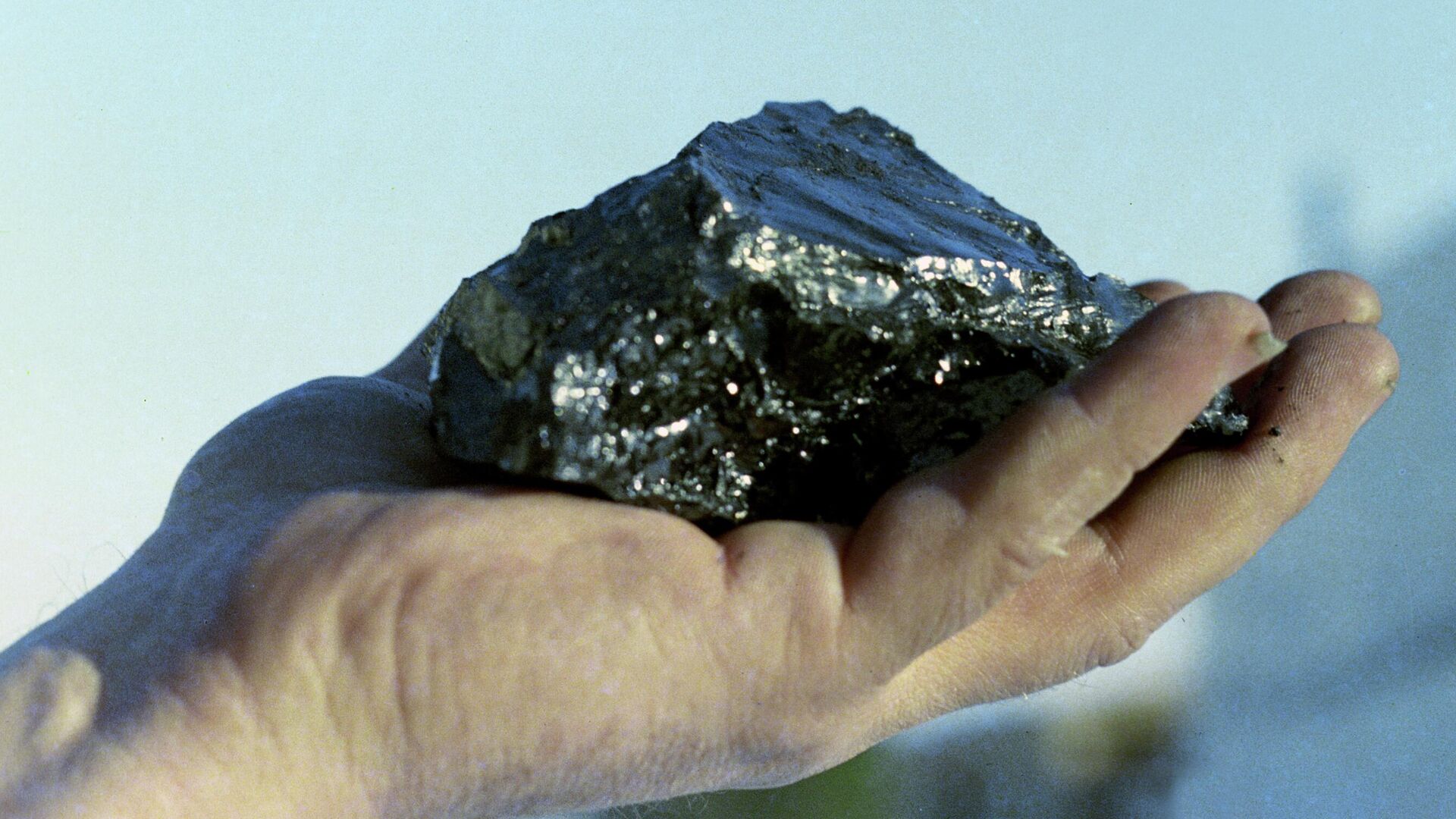https://sputnikglobe.com/20220520/china-faulted-for-stepping-up-coal-consumption-but-us--europe-follow-suit-1095673867.html
China Faulted for Stepping Up Coal Consumption, But US & Europe Follow Suit
China Faulted for Stepping Up Coal Consumption, But US & Europe Follow Suit
Sputnik International
Consumption of coal in China has increased since last summer when blackouts hit four industry-heavy provinces. The socialist country has set ambitious goals... 20.05.2022, Sputnik International
2022-05-20T22:21+0000
2022-05-20T22:21+0000
2023-02-09T11:44+0000
coal
china
us
climate change
european union (eu)
https://cdn1.img.sputnikglobe.com/img/07e6/05/0c/1095465135_0:538:2682:2047_1920x0_80_0_0_4624a941089646b15430bd34b0a5684b.jpg
China’s coal consumption has continued to rise in 2022, with imports from its northern neighbor Russia doubling between March and April, according to CNN. As a result, Russia is now China’s second-largest coal supplier, displacing Australia; it still imports the most coal from Indonesia, but produces most of its coal domestically.China is the world’s largest consumer of coal and the largest emitter of greenhouse gasses that contribute to climate change, so its change in policy will be widely felt. In 2020, Chinese President Xi Jinping said that according to the socialist country’s economic plans, its carbon dioxide emissions will peak before 2030, then sharply drop off. More recently, Beijing has pledged to end its investment in coal-fired power plants abroad, which it has funded in developing countries like Zimbabwe and Bangladesh, that struggle to keep the lights on.However, China isn’t alone in turning to coal for answers: the European Commission said on Friday it would need to increase coal consumption in order to offset its anticipated reductions in Russian gas consumption. According to the Financial Times, the EU will burn 5% more coal than previously expected over the next five to 10 years, but noted that EU officials still claim the bloc will hit its emissions reduction targets by 2030.Increased coal production is also both cause and consequence of increased coal prices. In October 2021, international coal prices spiked to $280 per metric ton, then after declining somewhat, jumped to an all-time high price of $440 per metric ton after Russia’s special operation in Ukraine began in February 2022. In the US, coal companies have seen their share value explode, too, with one hitting a 986% increase in a single year, according to S&P Global.
china
Sputnik International
feedback@sputniknews.com
+74956456601
MIA „Rossiya Segodnya“
2022
Sputnik International
feedback@sputniknews.com
+74956456601
MIA „Rossiya Segodnya“
News
en_EN
Sputnik International
feedback@sputniknews.com
+74956456601
MIA „Rossiya Segodnya“
Sputnik International
feedback@sputniknews.com
+74956456601
MIA „Rossiya Segodnya“
coal, china, us, climate change, european union (eu)
coal, china, us, climate change, european union (eu)
China Faulted for Stepping Up Coal Consumption, But US & Europe Follow Suit
22:21 GMT 20.05.2022 (Updated: 11:44 GMT 09.02.2023) Consumption of coal in China has increased since last summer when blackouts hit four industry-heavy provinces. The socialist country has set ambitious goals for cutting carbon emissions but continues to struggle with its antiquated electrical sources, half of which come from coal.

